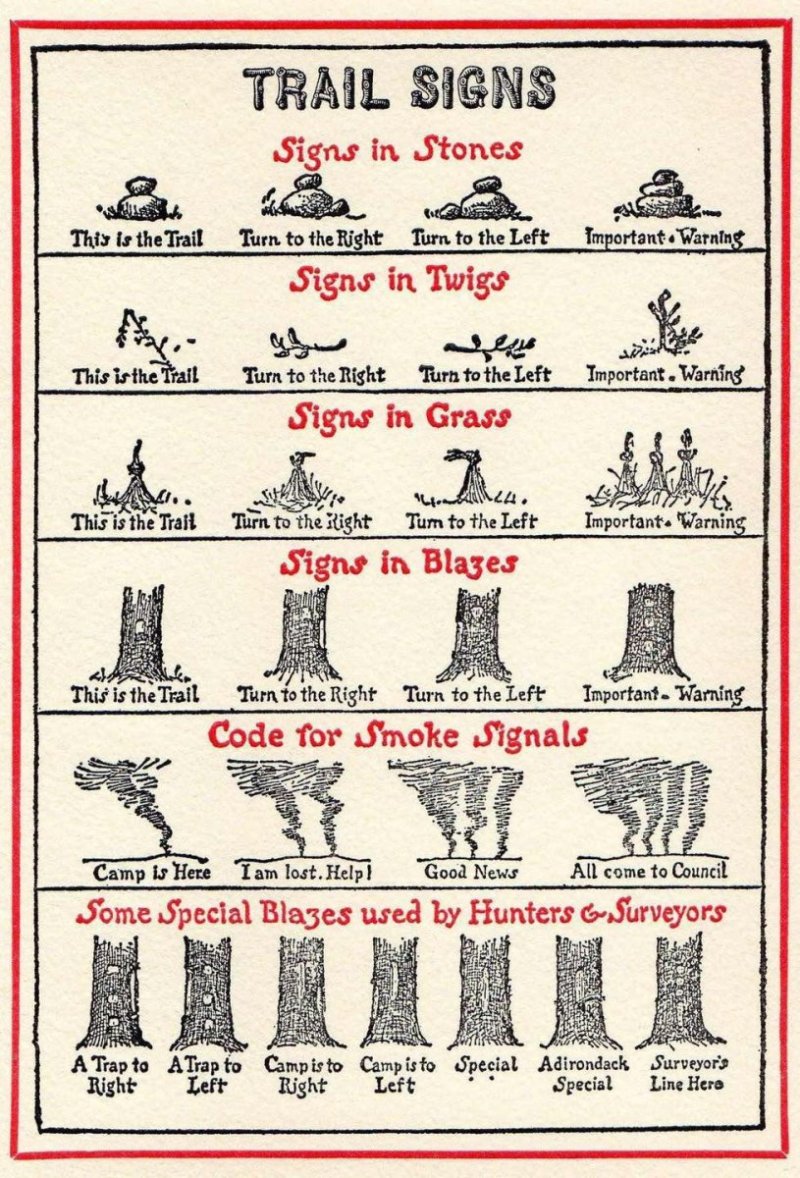i dont know bro. you just always here folks saying they use HAM just incase for this purpose.
you need a license for GMRS? if your out in the woods alone say, you get bit by a damn rattler.
cell is dead. which would be best to get emergency services HAM or GMRS?
all new to this type thing mid you.
Lol. So true. I've heard those things said many times.
Yes, GMRS requires a license but there's no test. I believe it's $65-70 for 10 years. In an emergency you can use any frequency, regardless if it's HAM, GMRS, MURS, etc. Most people with a radio are hunting, hiking, rock climbing, off-roading, etc. And they're communicating with someone they know that's nearby. So why do all that for a HAM license, when you can use a walkie talkie that does the same thing?
If you're in the woods, by yourself, no cell service, and get bit by a rattler... you deserve it. lol. Your best bet is to get yourself the hell out of there. If you're going to call for help on a radio it won't matter if it's GMRS or HAM; as long as you're on the right channel to get help. But then there's no telling how long help will take to find you. I've never understood those people who decide to go wandering around, 100 miles from anywhere, no cellphone, and get lost or injured. Anyone who does that is begging for something bad to happen. Especially if they're alone.








